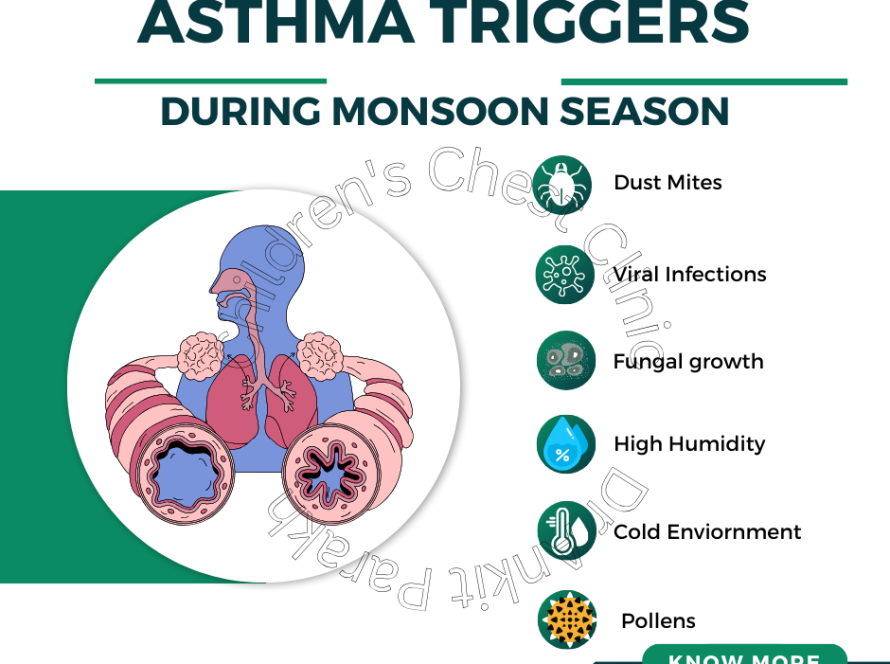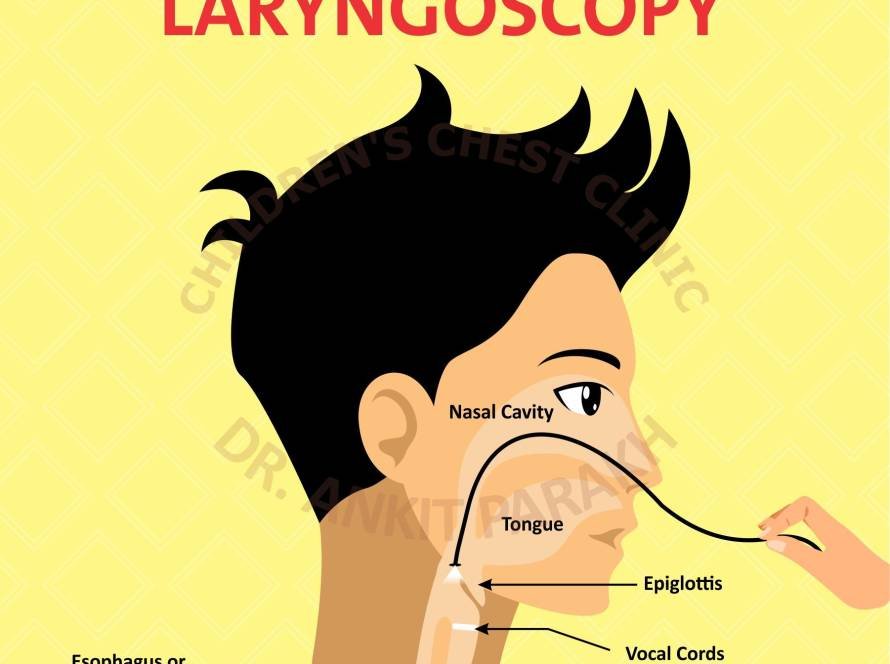Vocal cords are two muscular bands inside the voice box or larynx that help to make sounds like speaking, crying etc. Vocal cords also allow breathing and swallowing food safely. Vocal cords open up during breathing-in or inspiration and close during breathing-out or exhalation. The sound of voice is produced when the vocal cords close in midline and vibrate. In patients with vocal cord palsy or paralysis the vocal cords cannot move or move partially. Vocal cord palsy could involve one cord or both.
What are the causes of vocal cord palsy in babies?
In the majority of babies with bilateral vocal cord palsy, no reason is found and these are called idiopathic.

What are the symptoms of vocal cord palsy in children?
Signs and symptoms of vocal cord palsy depend on the type of vocal cord palsy and whether it is on one side or both sides. Babies with adductor vocal cord palsy (where the cords don’t move in and meet in midline) have a weak voice and a weak cry. If the vocal cords don’t close properly the baby can cough while feeding and also aspirate liquids into the lungs. Children with adductor vocal cord palsy (where the vocal cords don’t move out properly) have noisy breathing with a high pitched noise called STRIDOR. These babies get difficulty in breathing and develop chest indrawings while breathing-in. These babies can develop respiratory failure and can accumulate carbon dioxide into the lungs.
What are the other problems which can mimic symptoms of vocal cord palsy in children?
Whenever we are diagnosing vocal cord palsy other causes of noisy breathing or stridor should also be considered. The common disorders which can mimic vocal cord palsy in babies are laryngomalacia, tracheomalacia, subglottic stenosis, tracheal stenosis, subglottic hemangioma, and tracheal compression due to a blood vessel. Abductor cord palsy is the second most common cause of stridor in babies after laryngomalacia.
How do we diagnose vocal cord palsy in children?
The diagnosis of vocal cord palsy is made by flexible laryngoscopy and bronchoscopy. Flexible Bronchoscopy is extremely useful in evaluating the airway in real time. It helps to assess the structure and the airway dynamics the child is breathing. In children who have vocal cord palsy the movements of the vocal cords is impaired. The vocal cord may not may not move appropriately during breathing-in and during breathing-out. MRI of the brain is usually required to rule out any abnormality of the brain leading to vocal cord palsy. Children who have adductor cord palsy also require an assessment of feeding and swallowing to look for any aspiration.
What is the treatment of vocal cord palsy in children?
Treatment of vocal cord palsy depends on factors such as one side or both side cord palsy, partial or complete loss of movement, abductor or adductor palsy. Children who have a partial vocal cord palsy and do not have significant trouble with breathing and feeding can be observed without any intervention. In children with vocal cord palsy on both sides there can be significant problems with breathing. In these situations urgent treatment is required, which is usually in the form of a tracheostomy. In a tracheostomy a breathing tube is inserted in the windpipe through a small hole made in the neck of the baby, thereby bypassing the upper airway. Tracheostomy is kept for a few months, while we wait for the vocal cord palsy to resolve spontaneously. In many children, the vocal cord palsy improves gradually with time, and later the tracheostomy can be taken out. In few children, the vocal cord palsy does not improve and some surgical procedure might be required to remove the tracheostomy tube. Since all these surgical procedures can impair the voice of the child and also increase the chances of aspiration, it is usually recommended to avoid any cord procedures before the age of 2 years.
In case your baby is having significant noisy breathing or STRIDOR the baby might be having a vocal cord palsy. You need to get in touch with a pediatric pulmonologist for proper evaluation of the cause of noisy breathing and further advice on treatment.






